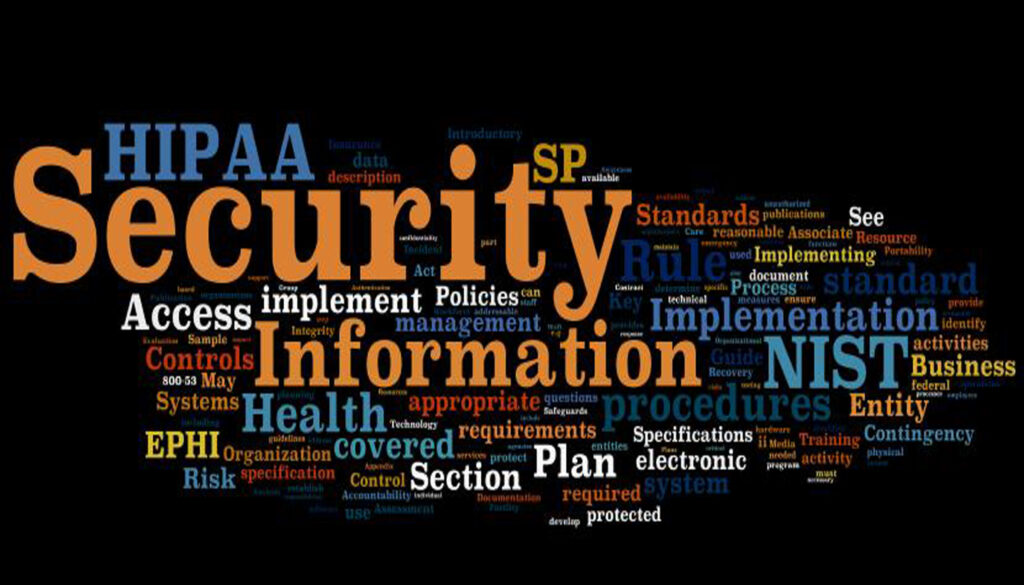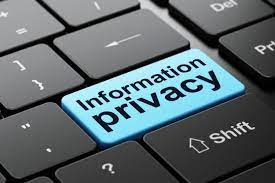
Privacy and security are of the utmost importance in substance use disorder treatment. The sensitive nature of addiction and the personal information shared during treatment requires a high level of confidentiality to protect patients’ privacy Unfortunately, maintaining privacy and security in addiction treatment has become more and more challenging. While the benefits of increasing use of technologies such as electronic health records (EHRs) in this field far outweigh the risks, the risks remain ever-present. At best, as with any new system, simple but costly human error is more likely during the adoption phase. At worst, it is well-known that digital health records are one of the most targeted data types by cyber attackers.
The most prominent challenge in maintaining privacy and security is the potential for malicious breaches in electronic health records systems. EHRs are vulnerable to hacking and cyber-attacks, which can result in the unauthorized access and release of sensitive patient information. In addition, there is the risk of insider breaches — with or without harmful intent — where individuals with authorized access to EHRs misuse or improperly disclose patient information.
A few things to consider when evaluating an EHR system are:
- Access and permission levels
- Database security
- Database recovery services
- HIPAA compliance
- Audit trails
To address the challenges discussed above, it is important for treatment facilities to have robust security measures in place to protect EHRs. This includes regularly updating security software and protocols, implementing strict access controls, and regularly monitoring for any unusual activity. Training for staff on proper handling of electronic patient information is also crucial to prevent insider breaches.
HIPAA and PHI
Another risk to be mindful of alongside the potential for breaches is the potential for HIPAA violations. HIPAA (the Health Insurance Portability and Accountability Act) is a federal law that sets standards for protecting sensitive patient health information. Violations of HIPAA can occur when patient information is mishandled, whether through a breach in an EHR system or through more traditional means such as leaving records unsecured or sharing information without proper authorization. HIPAA violations can occur with both digital and physical records.
Some standard security measures used to safeguard physical records include:
- Building security
- Individual offices security
- File security
- Proper training on handling of PHI

To prevent HIPAA violations, treatment facilities should have strict policies and procedures in place for handling patient information. This includes properly securing physical and electronic records, obtaining patient consent before sharing information, and training staff on HIPAA regulations.
What is PHI?
PHI stands for Protected Health Information in healthcare. It refers to any individually identifiable health information that is created, received, stored, or transmitted by a healthcare provider, health plan, or healthcare clearinghouse. PHI can relate to an individual’s past, present, or future physical or mental health conditions, as well as any healthcare services provided to them.
Examples of PHI include:
- Personal demographic information: Name, address, date of birth, social security number, and contact details.
- Medical records: Patient histories, diagnoses, lab results, prescriptions, and treatment plans.
- Billing and payment information: Insurance details, claims data, and financial records related to healthcare services.
- Communications: Any information exchanged between healthcare providers, such as emails, faxes, or electronic messages.
It is important to note that PHI is subject to strict privacy and security regulations in the United States under the Health Insurance Portability and Accountability Act (HIPAA) and its subsequent amendments. These regulations require healthcare organizations to safeguard PHI, limit its disclosure to authorized individuals, and obtain patient consent or follow specific guidelines when using or sharing PHI for purposes such as treatment, payment, or healthcare operations. For a complete list of PHI identifiers visit UC Berkeley Human Research Protection Program.
Leveraging Technology for Good
And as previously stated, while electronic health records can pose unique challenges to privacy and security in treatment, they also provide solutions:
One of the main benefits of EHRs is their ability to improve the accuracy and accessibility of patient information. EHRs allow for real-time updates to patient records, which can improve the quality-of-care patients receive and reduce the risk of errors in treatment provided.
Electronic health records systems can also facilitate greater privacy and security in treatment through the use of secure messaging and telemedicine.
- Secure messaging allows providers to collaborate on care without the risk of their messages being intercepted.
- Telemedicine, or the use of video conferencing for medical appointments, allows patients to receive care remotely. It can reduce the need for in-person visits, which can be especially beneficial for patients in rural areas or those with mobility issues.
Overall, maintaining privacy and security in addiction treatment is a complex task that requires a combination of strong security measures, HIPAA compliance, and the use of EHRs and other technologies to improve care and protect patient information. By taking these steps, treatment facilities can provide a safe and confidential environment for their patients to seek the help they need.
To learn more about how you can improve privacy and security at your treatment facility with Medical Mime’s HIPAA compliant electronic health records system, schedule a demo at www.medicalmime.com/main/contact/ or call 561.421.3280 for a consultation.
